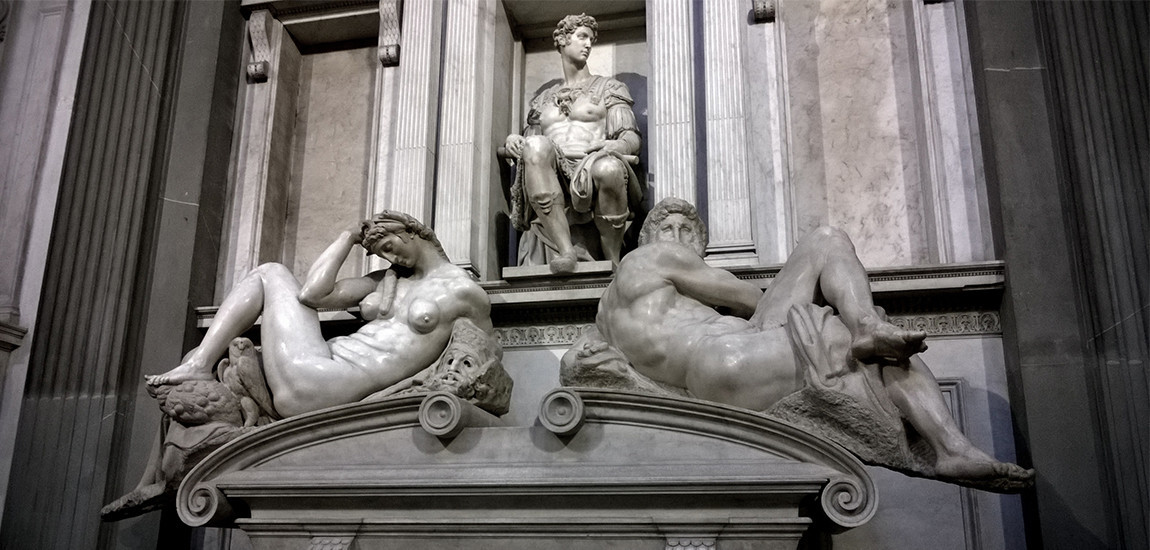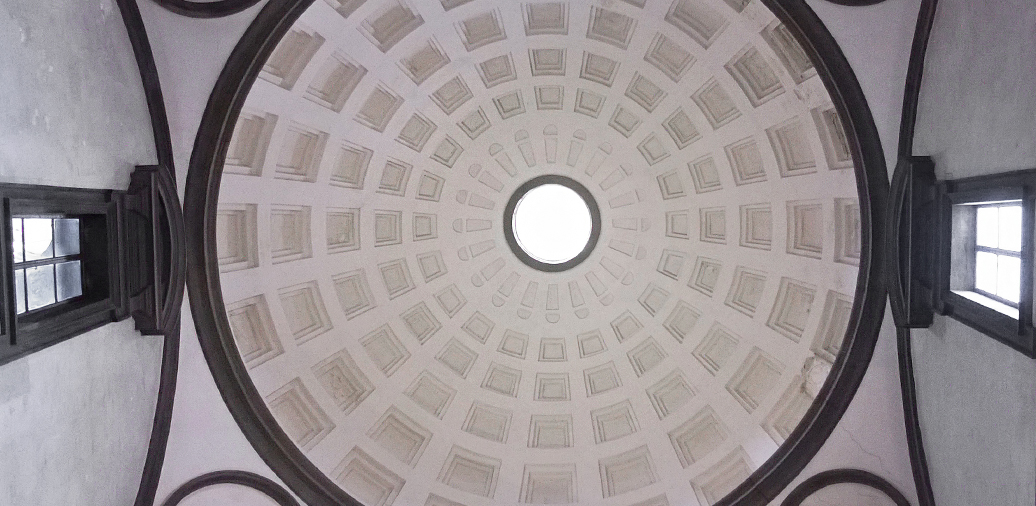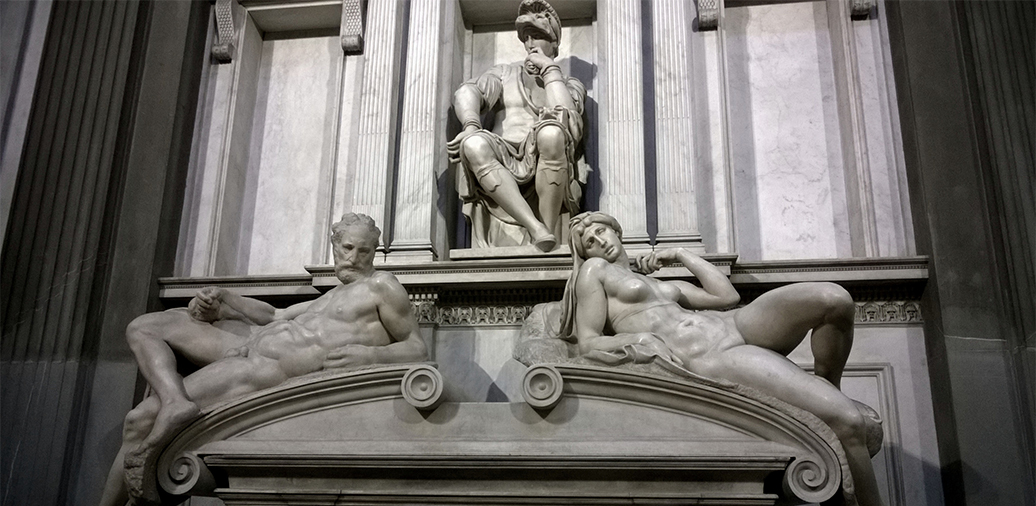
Medici Chapels: The New Sacristy
The Medici Chapels of Florence are one of the most famous and fascinating complexes in the city. Built by Michelangelo and Buontalenti between the 16th and 17th centuries, the chapels are the mausoleum of the Medici family and include the Chapel of the Princes and the New Sacristy (so called to distinguish it from Brunelleschi's "old" sacristy located inside the church).
The New Sacristy is a structure entirely designed by Michelangelo, a friend of the Medici family from the day he was taken in by Lorenzo the Magnificent at the age of fifteen. The artist lived in Palazzo Medici for years, treated as one of the family, so it is not surprising that in 1519, Pope Leo X (Giovanni de 'Medici) chose him to design the new sepulchral chamber of the Medici family in San Lorenzo.
Unlike the sumptuous Chapel of the Princes, built later and decorated with a precious Florentine Commesso decoration, the New Sacristy has a much more sober and minimal design but no less beautiful.
The elegance and formal purity of this environment and the sculptural works contained therein leave the visitor speechless.
The ceiling with the coffered dome is inspired by the pantheon, while the floor has a geometric decoration in polychrome marble, which reflects the Florentine Romanesque style.
The gray of the pietra serena in contrast with the
milky white of the marble finishes the design of the environment in an elegant
and harmonious way.

The protagonists of this room, however, are the sculptures of Michelangelo, true masterpieces.
In the central wall there are the statues of the Madonna and Child and the Saints Cosma and Damiano positioned above the sarcophagus of Lorenzo the Magnificent and his brother Giuliano de 'Medici, for whom there was no time to build a monumental burial.
On the sides we find the funeral monuments of Giuliano and Lorenzo de 'Medici, positioned one in front of the other.
On one side there is the tomb of Lorenzo, Duke of Urbino. Michelangelo depicts him in a meditative state and below, on the marble sarcophagus, he places two semi-recumbent figures, allegories of time: Dawn (the woman) and Sunset (the man).
On the other side is the
tomb of Julian, Duke of Nemours, who
is depicted in a more alert state and attentive to his surroundings. Under him
the personifications of Day (the
woman) and Night (the woman) with an
owl on his feet and a mask under his arm. Michelangelo had planned for other
sculptures under the allegories of time, four personifications of rivers
representing the four continents then known, but after having worked for about
15 years on the project, in 1434 he was forced to leave Florence and left it
unfinished.

This was because the construction of the New Sacristy coincided with one of the most difficult periods in Florentine history: the siege of the Republic of Florence and the expulsion of the Medici.
While the Florentine Republic was falling, Michelangelo lived for months in a small room measuring seven meters by two located under the New Sacristy. Left alone inside the narrow corridor, the artist made several sketches, which include representations of David, he made some sketches representing the David, of the Laocoon, figures decorated on the vault of the Sistine Chapel and a self-portrait of him portraying him as the imprisoned man that he was. He saved himself because no one knew that he was hiding in that place.
The New Sacristy is a place rich in history, a masterpiece of architecture, complete with sculptures of incredible beauty, which was bequeathed to us by one of the greatest artists that ever lived. Absolutely a must-see, together with the other spaces of the Basilica of San Lorenzo.



